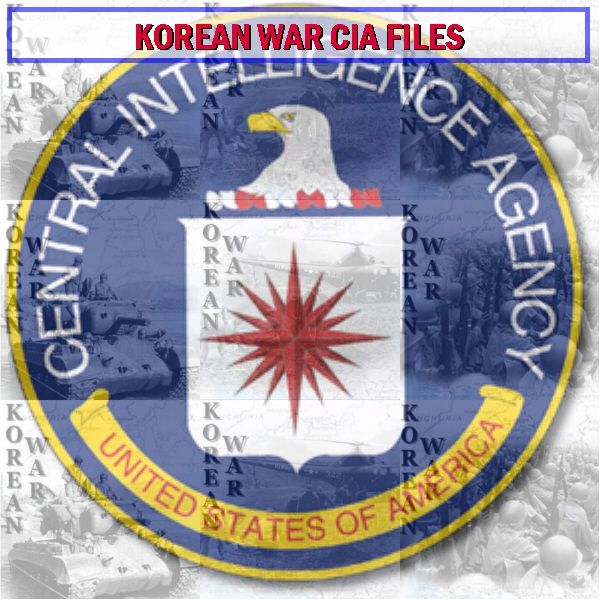
Description
Korean War CIA Intelligence and Operations
Detailed Timeline of Main Events (Based on Provided Source)
This timeline focuses on the events directly mentioned or strongly implied in the provided description of the “Korean War CIA Files” collection.
Pre-Korean War Period:
- Post-World War II (1945 onwards): Political movements develop within Korea following liberation from Japan. The CIA begins collecting intelligence on these movements.
- Pre-1947: The CIA analyzes Soviet and Chinese strategic positioning in the Korean region.
- 1947: CIA prepares intelligence reports titled “The Implementation of Soviet Objectives in China” and “The Implementation of Soviet Objectives in Korea.”
- 1948: CIA prepares an intelligence report titled “Prospects for the Survival of the Republic of Korea.”
- Spring 1949: CIA analyzes the “Consequences of US Troop Withdrawal from Korea.”
- 1949: CIA prepares intelligence reports on “Communist Capabilities in South Korea” and “The Strategic importance of the Far East to the US and the USSR.”
- 1950 (Pre-Invasion): CIA assesses the “Current Capabilities of the Northern Korean Regime” and “Communists capabilities in South Korea.” The belief that the Soviet Union controlled all Communist forces and would not risk a World War potentially blinds US observers to intelligence indicating a North Korean invasion.
Korean War Period (June 1950 – July 1953):
- June 1950: North Korea invades South Korea.
- Early Korean War (June 1950 onwards): The CIA begins “The Secret War in Korea,” conducting clandestine operations.
- Early Korean War: CIA cooperates with U.S. Army unconventional warfare air operations.
- Early Korean War: CIA works with Eighth United States Army Korea (EUSAK) Guerrillas.
- September – December 1950: CIA reporting on the potential for Chinese intervention in the Korean War is conducted. A later (1955) CIA Historical Staff report evaluates the quality of this early intelligence. US political, intelligence, and military leaders are reportedly surprised by the eventual Chinese intervention.
- Late 1950: CIA analyzes the “Threat of Full Chinese Intervention in Korea” and the “Consequences of Early Employment of Chinese Nationalist Force in Korea.” The CIA also considers the “Consequences to the US of Communist Domination of Mainland Southeast Asia.”
- Early 1951: The CIA and the G3 of EUSAK divide North Korea into two parts for guerrilla warfare action and control.
- 1951: CIA provides support for the Inchon landing.
- 1951: CIA conducts armed reconnaissance of the North Korean coast.
- 1951: CIA reviews the establishment and operations of the Combined Command Reconnaissance Activities, Korea (CCRAK).
- 1951: CIA analyzes the “International Implications of Maintaining a Beachhead in South Korea” and assesses “Communist Military Forces in the Korean Area.”
- 1952: CIA officers John T. Downey and Richard G. Fecteau are shot down over Communist China on their first operational mission. They are captured and imprisoned.
- June 1950 – June 1952: The CIA’s “Clandestine Services History – The Secret War in Korea” report covers this period.
Post-Korean War Period (Related to the Sources):
- October 1955: A CIA Historical Staff report, “Study of CIA Reporting on Chinese Intervention in the Korean War September – December 1950,” is prepared.
- 1964: The “Clandestine Services History – The Secret War in Korea – June 1950 to June 1952” report is written.
- 1971: John T. Downey is released from Chinese prison.
- 1973: Richard G. Fecteau is released from Chinese prison. The US government had officially denied they were CIA officers during their imprisonment.
- 2001: CIA Studies in Intelligence publishes an article by P.K. Rose titled “Two Strategic Intelligence Mistakes in Korea 1950,” criticizing the intelligence failures regarding the North Korean invasion and Chinese intervention.
- Following Issue (of 2001): CIA Studies in Intelligence publishes a rebuttal to Rose’s article by retired CIA officer Thomas J. Patton, titled “A Personal Perspective,” arguing Rose’s article lacked appropriate context regarding information flow to analysts.
- 2006: Two versions (redacted internal and publicly released) of a CIA article about the capture and imprisonment of John T. Downey and Richard G. Fecteau are produced for “Studies in Intelligence” Volume 50 Number 4.
- July 2007: The 1964 “Clandestine Services History” report is declassified.
- February 2007: The CIA version of the Downey-Fecteau story is approved for public release.
- Ongoing: CIA historians within internal lectures and training courses discuss the Downey-Fecteau story to highlight the risks of operations and necessary character traits.
Cast of Characters (Principle People Mentioned in the Sources)
- John T. Downey: CIA officer captured by Communist China in 1952 during a Korean War mission. He was held in prison until his release in 1971. His capture and imprisonment, along with Richard G. Fecteau, became a significant event in CIA history, highlighting the risks of clandestine operations.
- Richard G. Fecteau: CIA officer captured alongside John T. Downey by Communist China in 1952 during a Korean War mission. He was held in prison until his release in 1973. Like Downey, his ordeal underscores the dangers faced by intelligence operatives.
- P.K. Rose: CIA Directorate of Operations division officer who authored the 2001 “Studies in Intelligence” article “Two Strategic Intelligence Mistakes in Korea 1950.” In his article, Rose critically examines the perceived intelligence failures surrounding the North Korean invasion and Chinese intervention in the Korean War, suggesting the belief in Soviet control over all Communist forces blinded US observers.
- Thomas J. Patton: Retired CIA officer who served in the CIA’s Directorate of Intelligence. He wrote a rebuttal to P.K. Rose’s article, published in the following issue of “Studies in Intelligence.” Patton argued that Rose’s analysis lacked appropriate context, particularly regarding the limited information available to analysts in the early 1950s and the intelligence provided to the President through the Situation Summary (SitSum).
Korean War CIA Files
1270 pages of CIA files related to the Korean War.
The documents date from 1945 to 2007. The bulk of the material dates from 1948 to 1953. The files mostly consist of memorandums, intelligence studies, finished intelligence reports, national intelligence estimates, and special national intelligence estimates.
The earliest files deal with the political movements within Korea following the country’s liberation from Japan after World War II. Much of the early material contain analysis of Soviet and Chinese strategic positioning in the region. This collection includes brief intelligence reports on American POWs held by the North Koreans and Chinese. The material chiefly covers political and strategic issues surrounding the Korean War.
This collection includes reports with titles such as: The Implementation of Soviet Objectives in China (1947), The Implementation of Soviet Objectives in Korea (1947), Prospects for the Survival of the Republic of Korea (1948), Consequences of US Troop Withdrawal from Korea in Spring 1949 (1949), Communist Capabilities in South Korea (1949), The Strategic importance of the Far East to the US and the USSR (1949), Current Capabilities of the Northern Korean Regime (1950), Threat of Full Chinese Intervention in Korea (1950), Consequences to the US of Communist Domination of Mainland Southeast Asia (1950), Consequences of Early Employment of Chinese Nationalist Force in Korea (1950), Communists capabilities in South Korea (1950), International Implications of Maintaining a Beachhead in South Korea (1951), Communist Military Forces in the Korean Area (1951), and more.
Highlights in the collection include:
Clandestine Services History – The Secret War in Korea – June 1950 to June 1952 – excerpts (1964)
29 pages taken from a 1964 report declassified in July 2007, written by historians within the CIA titled, “Clandestine Services History – The Secret War in Korea – June 1950 to June 1952.” The report gives brief accountings of CIA clandestine operations in Korea in the early 1950’s including CIA cooperation with U.S. Army unconventional warfare air operations. CIA and Eighth United States Army Korea (EUSAK) Guerrillas. In early 1951, CIA and the G3 EUSAK, divided North Korea into two parts for guerrilla warfare action and control. CIA support for the Inchon landing. Armed reconnaissance of the North Korean coast. A review of the establishment and operations of the CIA’s Combined Command Reconnaissance Activities, Korea (CCRAK).
Downey – Fecteau: Studies in Intelligence Redacted (2006) – Studies in Intelligence Volume 50 Number 4 Unclassified (2006)
Two issuances of a CIA article from the Agency’s “Studies in Intelligence” series. Booth a redacted internal version and a print version as it appears in the publicly released article about CIA officers John T. Downey and Richard G. Fecteau, who were captured in 1952 during a Korean War mission and held in a Chinese prison until their releases in 1971 and 1973. This CIA version of the story was not approved for release to the public until February 2007.
The original formerly secret article begins, “Beijing’s capture, imprisonment and eventual release of CIA officers John T. Downey and Richard G. Fecteau is an amazing story that few CIA officers know about today. Shot down over Communist China on their first operational mission in 1952, these two young men spent the next two decades imprisoned, often in solitary confinement, while their government officially denied they were CIA officers.”
“Even though Downey and Fecteau were welcomed back as heroes by the CIA family more than 30 years ago and their story has been covered in open literature—albeit in short and generally flawed accounts—institutional memory regarding these brave officers has dimmed. Their ordeal is not well known among today’s officers, judging by the surprise and wonder CIA historians encounter when relating it in internal lectures and training courses.”
“This story is important as a part of US intelligence history because it demonstrates the risks of operations (and the consequences of operational error), the qualities of character necessary to endure hardship…”
Study of CIA Reporting on Chinese Intervention in the Korean War September – December 1950
A 198-page, October 1955 report, prepared by the CIA Historical Staff, titled, “Study of CIA Reporting on Chinese Intervention in the Korean War September – December 1950.” The purpose of this report was to evaluate the quality of intelligence and its reporting in the early days before Chinese Intervention in the Korean War.
Two Strategic Intelligence Mistakes in Korea 1950 and Commentary
A 2001 CIA Studies in Intelligence article by CIA Directorate of Operations division officer P.K. Rose, titled “Two Strategic Intelligence Mistakes in Korea 1950.” Included is a rebuttal appearing in the next issue of the journal by a retired CIA officer, Thomas J. Patton, who served in the CIA’s Directorate of Intelligence.
Rose contends that the invasion of South Korea by North Korea in 1950 and the intervention of China four months later caught US political, intelligence, and military leaders by surprise. This article contains his view on how the belief that the Soviet Union controlled all Communist forces in the world and that the Soviets would not risk starting a World War blinded US observers to clear intelligence indications that such attacks were likely.
Patton’s commentary on the article titled, “A Personal Perspective,” calls the publishing of the article, “Two Strategic Intelligence Mistakes in Korea, 1950” in Studies in Intelligence a disservice to the Agency, because it did not put the events into an appropriate context. In particular, Patton describes how limited the information flow was to analysts in the early 1950s and notes the original article never mentions the intelligence sent to the President in the Situation Summary (SitSum), the first all-source weekly published by the Intelligence Community.
Related products
-
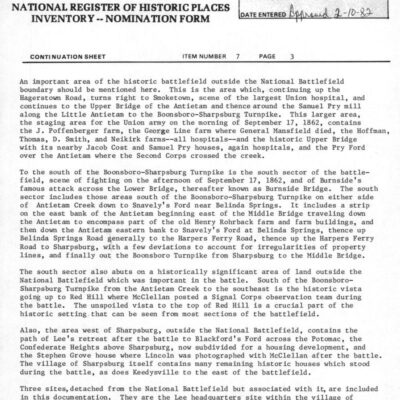
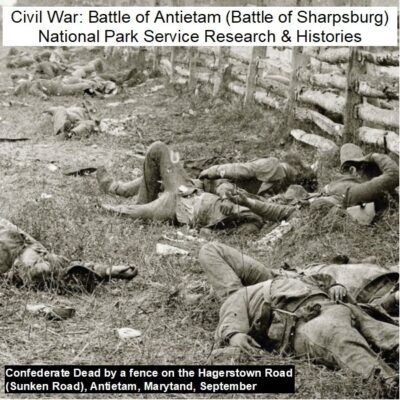
Civil War: Battle of Antietam (Sharpsburg) – National Park Service Archives
$9.99 Add to Cart -
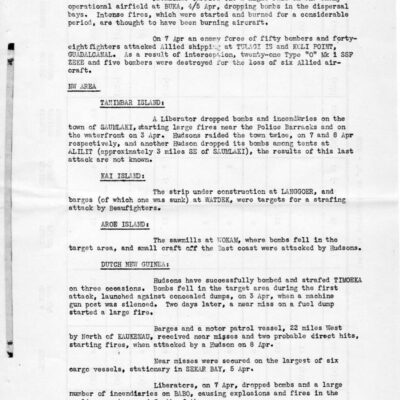
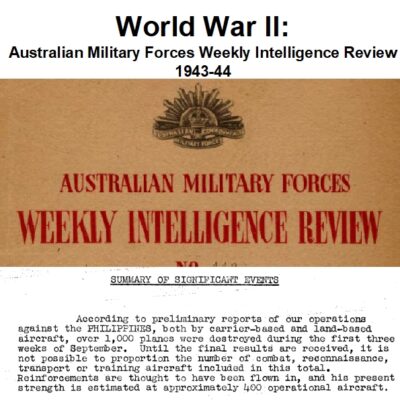
World War II: Australian Military Weekly Intelligence Reports 1943-44
$3.94 Add to Cart -
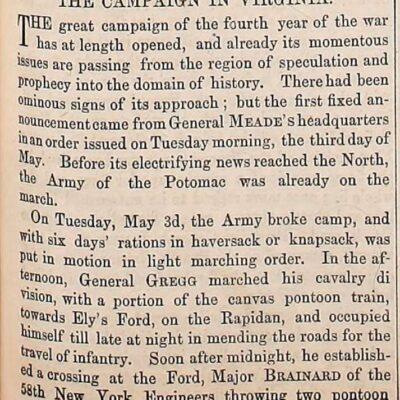
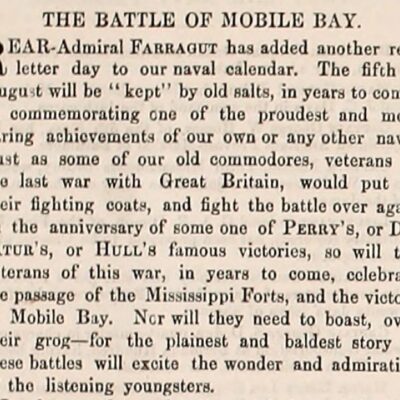
Civil War: Army Navy Journal & Gazette Volume 1 (1863 – 1864)
$19.50 Add to Cart -
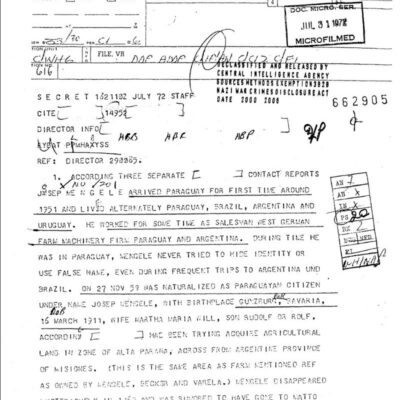
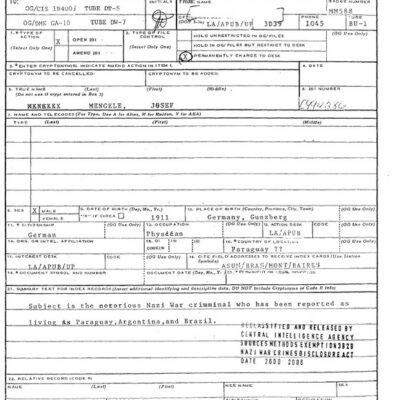
Josef Mengele CIA Files
$19.50 Add to Cart